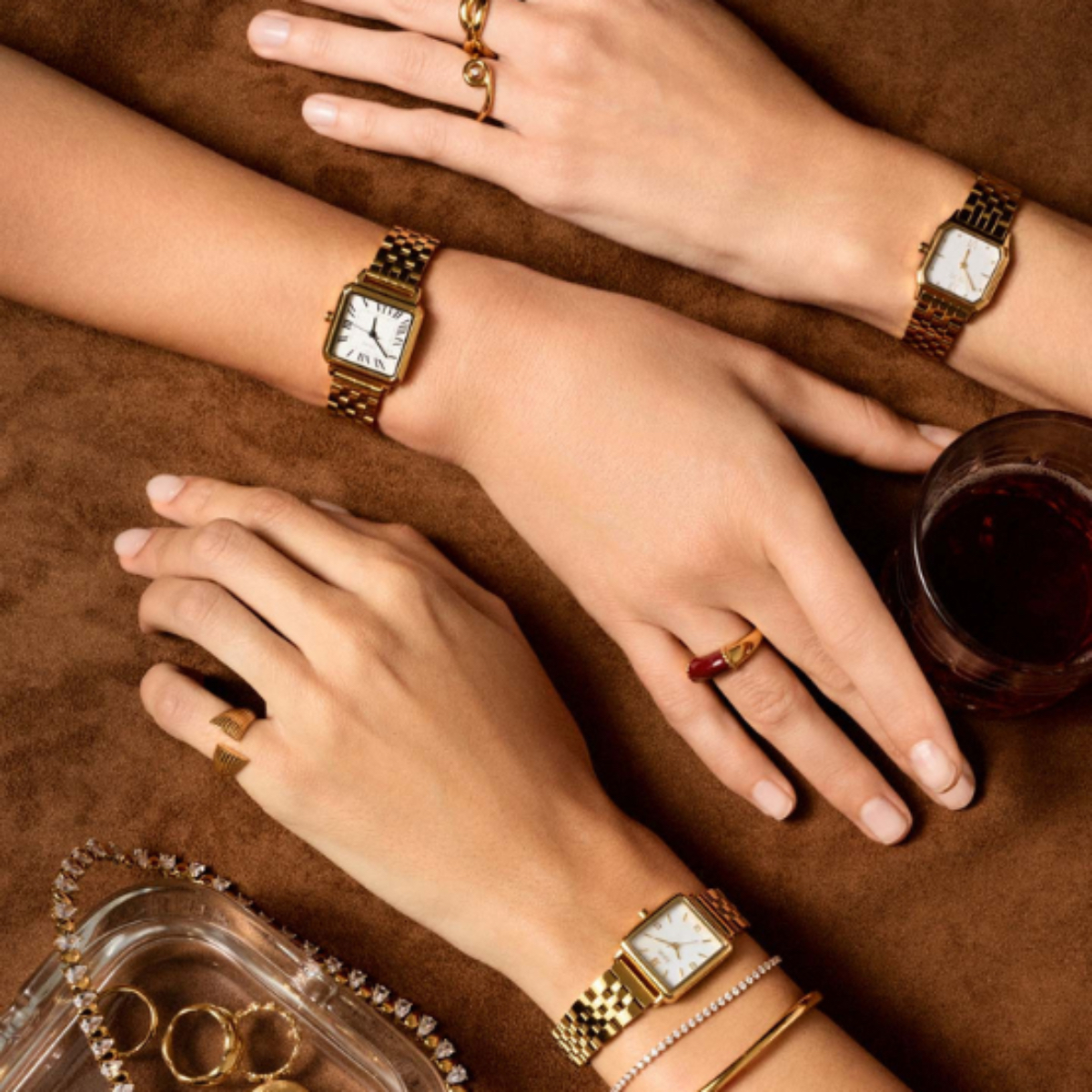Not all that glitters, as is the case with velvet, is gold. Although it is considered a luxurious fabric, some people may be allergic to it. And this is no ordinary allergy. Have you ever heard of Sensory Processing Disorders?
Not all that glitters, as is the case with velvet, is gold. Although it is considered a luxurious fabric, some people may be allergic to it. And this is no ordinary allergy. Have you ever heard of Sensory Processing Disorders?

© Getty Images
© Getty Images
Picking on things is part of childhood. There are more than many pet peeves established for those who are “still a child”: hating soup just because, picking on schedules, meals, the clothes you are given to wear, going to school, leaving school, going to bed, or waking up. Or, as the Brazilian writer Millôr Fernandes wrote, the problem is us, the parents, the adults: "A child is that unhappy being that parents put to sleep when is still full of excitement and drag out of bed when is still shivering with sleep." Let's just say that tantrums are part of growing pains, and they are not always unfounded. How many, many times have we heard a child repeat - or even the child we once were - "Mom, this sweater hurts?" Immediately the mother's response will be something like "Cut the crap!" or "You wear what I tell you to wear, period." Admittedly, there are sweaters and sweaters, and often when the quality of the garment is questionable, the most natural thing is for its material to "hurt" or simply irritate the skin. Velvet, a soft-textured, luxurious-looking fabric once made of pure silk and therefore a more exclusive material, may well be one of those fabrics "that hurts." And not particularly because of its poor quality. Today, it is made of both synthetic and natural fibers. Most velvets marketed as silk velvet combine silk and rayon. Synthetic velvet can be made from polyester, nylon, viscose, or rayon - a cellulosic fiber fabric and also one of the first man-made fabrics. It appeared in 1885, and at the time was still called "artificial silk," the name rayon was not established until 1924.
But after all, why do some materials hurt (or irritate the skin) more than others? Or rather: why are some people, essentially children, more sensitive to certain fabrics and/or textures than others? The answer comes in the name of disorder. More precisely: Sensory Processing Disorder (SPD). Also known as regulatory disorders, SPDs were first described as a diagnostic entity in 1993 by child psychiatrist Stanley Greenspan and child psychologist Serene Wieder. The disorders can be defined by a specific pattern of behavior associated with evident difficulties in sensory processing and motor planning, which often significantly compromise adaptation to daily routines and interpersonal relationships. They affect children in early childhood, especially from six months of age, and may be characterized by clinical stability throughout the first years of evolution. "Before talking about Sensory Processing Disorders, it is important to understand what Sensory Processing is, and how it is regulated", says child psychiatrist Berta Pinto Ferreira. And she goes on to explain: "Sensory Processing (SP) is the means by which sensory information is perceived and organized in order to produce an efficient response. Each child has a unique profile of SP regulation, however, some children have difficulty processing sensory information and responding to it appropriately." She explains that there are certain warning signs for the diagnosis of this disorder in a child, such as: "having difficulty adapting to changes in activities, environment, and/or home; having difficulty detecting or interpreting sensory input from the environment or the body itself, i.e., sounds, movements, smells, or tastes; appearing to be uncaring, constantly moving, thrashing, and jumping; being quiet, passive, and unreceptive to interaction; being unreceptive to stimuli; have an intolerance to some clothing or textures, for example, preferring seamless clothing, having labels removed and choosing fabrics that cause less discomfort; have an intolerance to noise; have an aversion to some types of food because of texture or colors; have difficulty using fine motor skills, such as holding a pencil or pen."
One can thus say that Sensory Processing Disorder is present when sensory and motor difficulties are severe enough to impair daily routines and activities, creating emotional and behavioral difficulties. In these cases, says the child psychiatrist, parents should seek medical help so that a correct diagnosis and treatment can be carried out: “In the Child and Adolescent Psychiatry medical consultation, a global evaluation of the child's functioning will be carried out, and the sensory profile will be evaluated using standardized questionnaires. Knowing the child's sensory profile helps the adult to modify the external environment to provide better support for interaction and self-regulation." The diagnosis is thus done jointly: the parents describe what their child's behavior is like, what their difficulties and fears are, and in the doctor’s office, the medical professional will make an assessment with the help of questionnaires, tests of sensory processing skills, and clinical observations. Those who are diagnosed with this disorder have an extraordinary sensitivity to certain textures, such as the aforementioned velvet. Fabrics and/or textures of this kind can cause an emotional crisis and also a physical reaction, such as itching or pain. Because it is a type of disorder, children can also manifest, in parallel, emotional, and social problems, and suffer from a certain interference in their learning and education. When not detected in time, it can result in depression, anxiety, aggressiveness, and generate serious difficulties in the child in relating to others or being part of a group, for example. In these cases of Sensory Processing Disorder, as forms of treatment, Occupational Therapy (OT) is advised, in order to help with connections and sensory integration, through activities and games or, depending on the case, Behavioral Therapy, which helps with symptoms of depression and isolation. Berta Pinto Ferreira warns that it is "important to avoid assuming that all behavioral problems have a sensory basis and, regardless of whether the pathology exists or not, it is essential to have rules and limits.” However, it should be kept in mind that numerous times children with these types of characteristics are not simply spoiled or uneducated. Not everything is a tantrum, not everything is pampering, and not everything is SPD.
Translated from the original on "The Velvet Touch" issue of Vogue Portugal, published December 2022.Full stories and credits on the print issue.
Most popular

O que lhe reservam os astros para a semana de 30 de dezembro a 5 de janeiro
30 Dec 2025
.jpg)
.jpg)
Relacionados


O que lhe reservam os astros para a semana de 30 de dezembro a 5 de janeiro
30 Dec 2025


.jpg)
